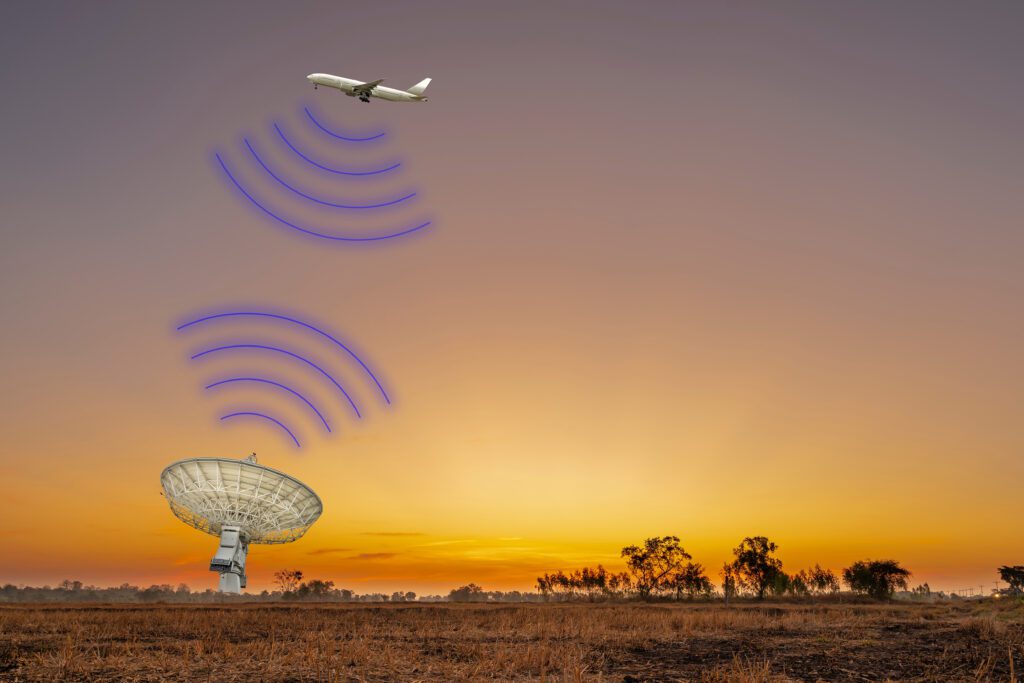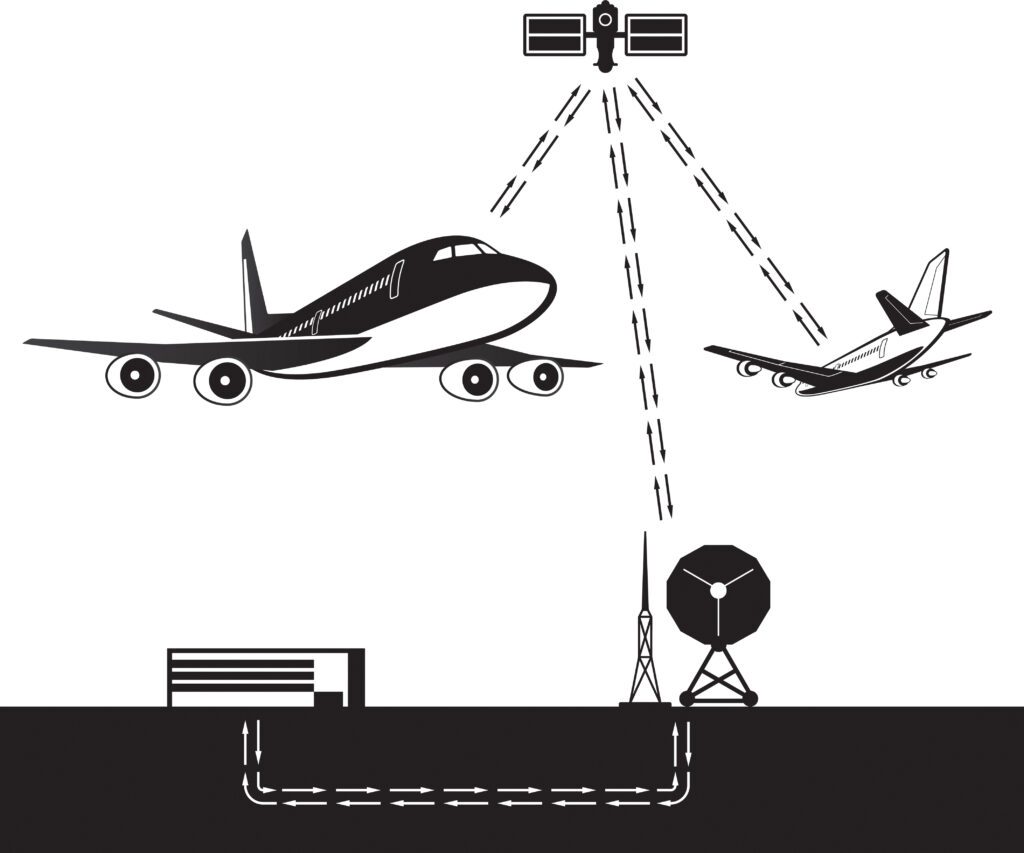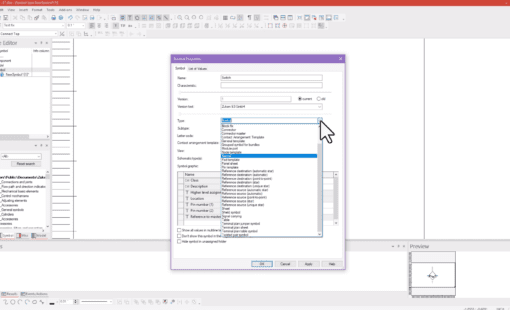Aviation Internet Technology and How it’s Changing
Modern technological advancements are continually driving the aviation industry, enabling enhanced safety, efficiency, and passenger experience. By most measures, today’s aircraft are unrecognizable when compared to the aircraft of decades past. Amongst these technological changes, one of the most recently significant developments is in the aviation internet technology field and its commercial aircraft implementation.
In this post, we will explore how internet technology impacts aviation and how the field continues to evolve.
Air-to-Ground Aviation Internet Technology
Historically, air-to-ground (ATG) communication is a leading driver in aviation internet technology development.
ATG communication functions by establishing a wireless communication link between the aircraft and ground-based infrastructure. In order for this to occur, the system involves a network of ground-based towers and antennas, as well as aircraft antennas, working in conjunction to transmit and receive data to and from the aircraft.

While this has historically worked well, an abundance of technological shortcomings have made ATG a less-than-ideal solution for aviation internet. One major challenge is that ATG internet relies on line-of-sight communication. This refers to transmitting and receiving antennas that must always have a direct, unobstructed view of each other. Line-of-sight reliance results in lost coverage during situations where obstructions like tall buildings, mountains, or adverse weather conditions interfere with the line-of-sight.
Additionally, ATG communication suffers from limited bandwidth. Traditional ground-based systems often struggle to provide sufficient bandwidth to meet the growing demand for high-speed internet access on aircraft. The terrestrial infrastructure may not have the capacity to support multiple users simultaneously engaging in data-intensive activities such as streaming or video conferencing. This limitation results in slow internet speeds and reduced overall connectivity quality.
As consumers demand greater reliability, speed, and performance out of their aviation internet, it’s clear that ATG technology may no longer be the best solution available.
Satellite Aviation Internet and ViaSat
Due to ATG internet’s shortcomings, the industry is adopting satellite-based internet for commercial aircraft.
As opposed to ATG systems, satellite aviation internet systems have the benefits of broad coverage that is not dependent on line-of-sight. This results in greater coverage and reliability, regardless of conditions or environment. Additionally, satellite-based systems offer a much higher bandwidth capacity than ATG systems, allowing for faster speeds and improved passenger connectivity quality.
One leader in the satellite aviation internet space is ViaSat, a leading global communications company playing a pivotal role in bringing reliable, high-speed internet connectivity to commercial airlines.

At the heart of ViaSat’s aviation internet offerings is their global constellation, ViaSat-3. A network of three Ka-band satellites each capable of a 1TB capacity, ViaSat-3 offers the IFC’s highest-capacity network. With ViaSat’s technology, passengers can enjoy web browsing, streaming media, real-time communication, and even access corporate VPNs, making air travel more productive and enjoyable.
Beyond passenger comfort, ViaSat’s technology also improves operational efficiency, which in turn benefits the airlines. Real-time data transmission enables airlines to monitor and optimize various aspects, such as aircraft health monitoring, fuel efficiency, maintenance schedules, and crew communication. This connectivity facilitates more informed decision-making, reducing costs and improving overall operational effectiveness.
Zuken’s Role in the Future of Aviation Internet Technology
There’s no doubt that satellite internet is the future of commercial aviation internet connectivity, and Zuken is an integral player.

Specifically, Zuken’s E3.series software contributes to the seamless integration and optimization of satellite internet technology in aircraft systems. E3.series enables improved collaboration between design teams, facilitating the integration of satellite internet into aviation systems. Additionally, E3.series contributes to the modernization of aviation technology by streamlining the design and integration of electrical systems, allowing for more optimized and efficient electrical and system designs.
Zuken’s CR-8000 PCB design software suite provides many of the same benefits. It can author a top-level system definition to drive the subsequent detailed definitions and designs for the sub-system. Strong cross-communication between design requirements ensures that all targeted functionality is accurately defined and implemented in an end product as complex as a satellite-based internet communications system.
As technology continues to evolve, it is essential for companies like ViaSat and Zuken to remain at the forefront of innovation, driving the aviation industry toward an exciting future of connectivity, efficiency, and passenger satisfaction.
Related Products & Resources

- Blog

- Blog

- Blog

- Blog

